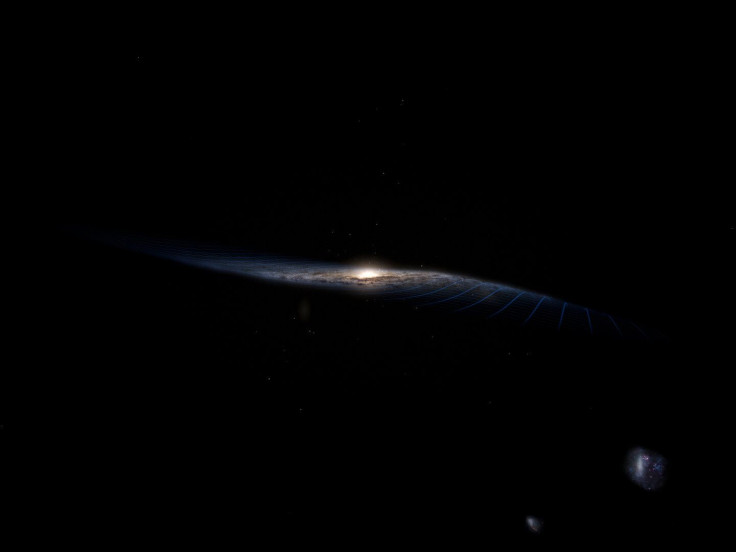NASA Discovers First Ever Radio Burst From Magnetar In Milky Way Galaxy [Watch]
KEY POINTS
- NASA discovered the first ever radio burst by a magnetar in the Milky Way galaxy
- A magnetar is an isolated neutron star and a remnant of a massive star that exploded
- The magnetar has been identified as SGR 1935
A supermagnetized stellar remnant was captured by the Canadian Hydrogen Intensity Mapping Experiment (CHIME) on April 28. In an article released by NASA Thursday, the remnant has been identified as a magnetar -- a type of isolated neutron star.
NASA scientists are gushing over this discovery because the magnetar blasted a mix of X-ray and radio signal that has never been observed before. NASA even took to Twitterto express its excitement about the discovery. The flare-up that occurred included the first fast radio burst (FRB) that has ever been seen in the Milky Way galaxy. This event answers many scientists' questions about FRBs and magnetars, including their origins.
The CHIME is the radio telescope that discovered the radio component of the magnetar, identified as SGR 1935+2154 (more commonly known as SGR 1935). SGR 1935's radio burst was recorded to be thousands of times brighter than any radio emissions from magnetars within the home galaxy. The X-ray portion of the burst made by the magnetar was also detected by several satellites, including NASA’s Wind mission.
A magnetar is a city-sized remnant of a star that is much bigger than the sun. When a super massive star explodes, a magnetar is produced. According to NASA, magnetars possess an intensely strong magnetic field that could rip molecules apart from thousands of miles away. Imagine a refrigerator magnet and multiply its magnetic field by 10 trillion -- that's how strong a magnetar is.
“Before this event, a wide variety of scenarios could explain the origin of FRBs,” said Chris Bochenek, a doctoral student in astrophysics at Caltech who led one study on the event. “While there may still be exciting twists in the story of FRBs in the future, for me, right now, I think it's fair to say that most FRBs come from magnetars until proven otherwise.”
Although SGR 1935's distance is still largely unanswered, NASA estimates it to range from 14,000 to 41,000 light-years away. Assuming it lies at the nearer end of the range, the X-ray portion of the bursts carried as much energy as the sun produces over a month, NASA explained.
🌌 Our @NASAUniverse observatories helped detect the first fast radio burst ever seen from within our Milky Way galaxy. How this unique event helped astronomers better understand the source of these blasts, previously only seen in other galaxies: https://t.co/sHLlsQXwRC pic.twitter.com/QTec4tAlHh
— NASA (@NASA) November 4, 2020

© Copyright IBTimes 2025. All rights reserved.





















